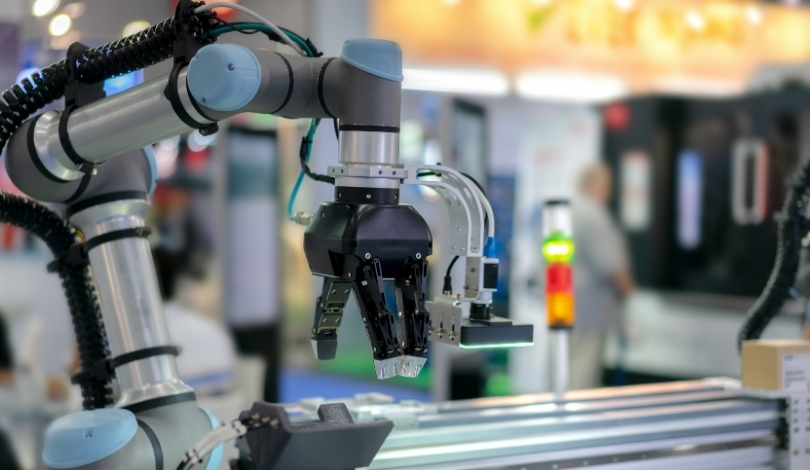Sonair, based in Oslo, Norway, is set to introduce its ADAR sensor to audiences in North America. This launch at Automate 2025 in Detroit aims to showcase the potential for improved safety in environments where humans and autonomous mobile robots (AMRs) work together. The ADAR sensor focuses on enhancing obstacle detection capabilities using its unique acoustic detection and ranging technology. Sonair’s innovation is anticipated to create a safer workspace by integrating more efficient and affordable sensor technology into AMRs.
When comparing current sensor technology, lidar scanners mostly capture objects in a single horizontal plane, which can limit their effectiveness in dynamic environments. Sonair’s ADAR technology addresses this limitation by providing three-dimensional sensing. By utilizing beamforming in ultrasonic applications, the sensor enhances the ability of robots to detect objects in a 360-degree field of view, significantly advancing safety measures previously impractical with traditional sensors.
What Problems Does ADAR Solve?
ADAR distinguishes itself from lidar technology by addressing the innate weaknesses of 2D scanning that often miss important cues, such as detecting only the lower half of a person. With its 180 x 180-degree field of view, ADAR enhances the spatial awareness capabilities of AMRs. This sensor is a result of extensive research at MiNaLab, a sensor and nanotechnology research center in Norway, emphasizing Sonair’s commitment to advancing robotic safety.
How Advanced is the ADAR Technology?
Sonair’s ADAR technology enables robots to perceive their surroundings through sound waves, similar to how sonar operates. Developed in alignment with the ISO13849:2023 safety standards, it creates a virtual safety zone, redefining human-robot collaboration. Integrating transducers with signal processing and object detection algorithms, the sensor reduces potential risks in shared workspaces.
What Does the Industry Say About ADAR?
Having been quietly tested in an Early Access Program, ADAR has gained validation from over 20 companies globally. Partners from industries such as automotive and autonomous cleaning have evaluated its real-time effectiveness, leading to initial commercial orders. Notably, Fuji Corp. and a Swiss company manufacturing autonomous cleaning robots have already adopted the technology, reinforcing its applicability in essential markets.
First-hand demonstrations at Automate 2025 will allow attendees to assess the practical implications of ADAR. With full-scale production anticipated in July 2025, the sensor represents an important development in the quest for safer human-robot interactions. The new technology will likely democratize access to advanced sensing solutions, positioning Sonair as a vital contributor to the growing field of robotics and automation.










